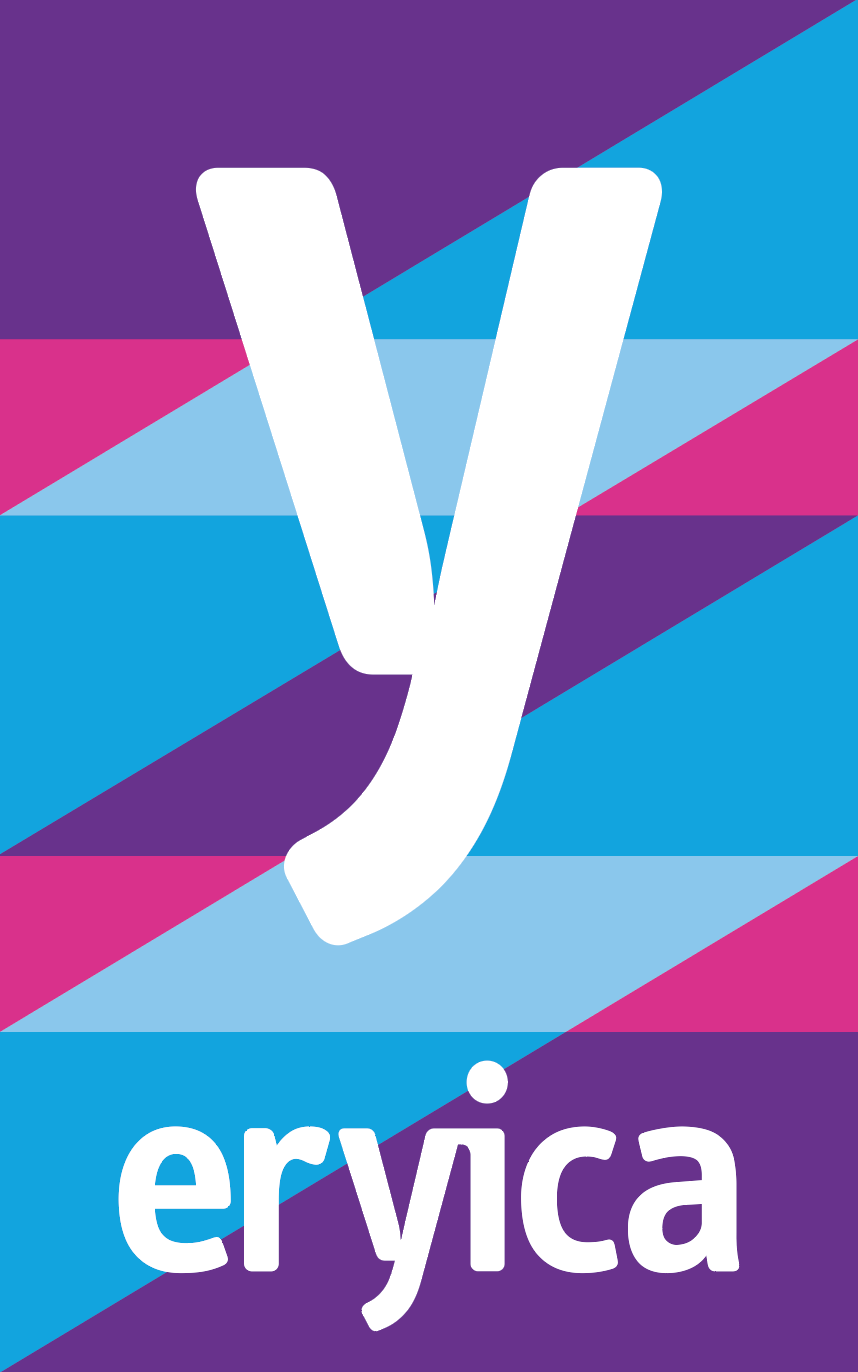Youth Information Service Design Toolkit
2023
Youth Information Service Design Toolkit
Description
This resource aims to be a toolkit specially designed to analyse, in an agile and participative way, both the intervention environment and the solutions that best suit the expectations and needs of the young people we work with.
This toolkit aims to help the work of youth workers in diagnosis and assessment. For this reason, it incorporates a series of tools that make it possible to organise and structure the empirical and direct identification that community agents carry out daily. By ordering knowledge this way, it will be easier to contrast and legitimise the intuitions that professionals often have about what young people need and to establish how best to address it.
This resource comprises thirteen worksheets with proposals for the different planning phases and tasks and six explanatory videos.
Objectives
Offer tools and resources to design or redesign a service of a youth information centre or a youth office.
Recognise the importance of planning and designing resources based on user-centred design.
Understand what is involved in user-centred design.
Apply, from a very practical point of view, methodologies that enable a flexible and participative analysis of both the environment (other agents) and the solutions that best adapt to the expectations and needs of young people.
Train in specific techniques to systematically identify young people's needs, interests and trends.
Contribute to a more precise justification (analysis and interpretation of needs) and legitimisation (systematisation and synthesis of needs) of the initiatives promoted by the Youth Information, Guidance and Counselling Services.
Recognise the importance of the work of youth workers in diagnosing and to better assess it.
Recipients
Youth professionals and others working with young people, preferably those linked to the National Youth Emancipation Network.

